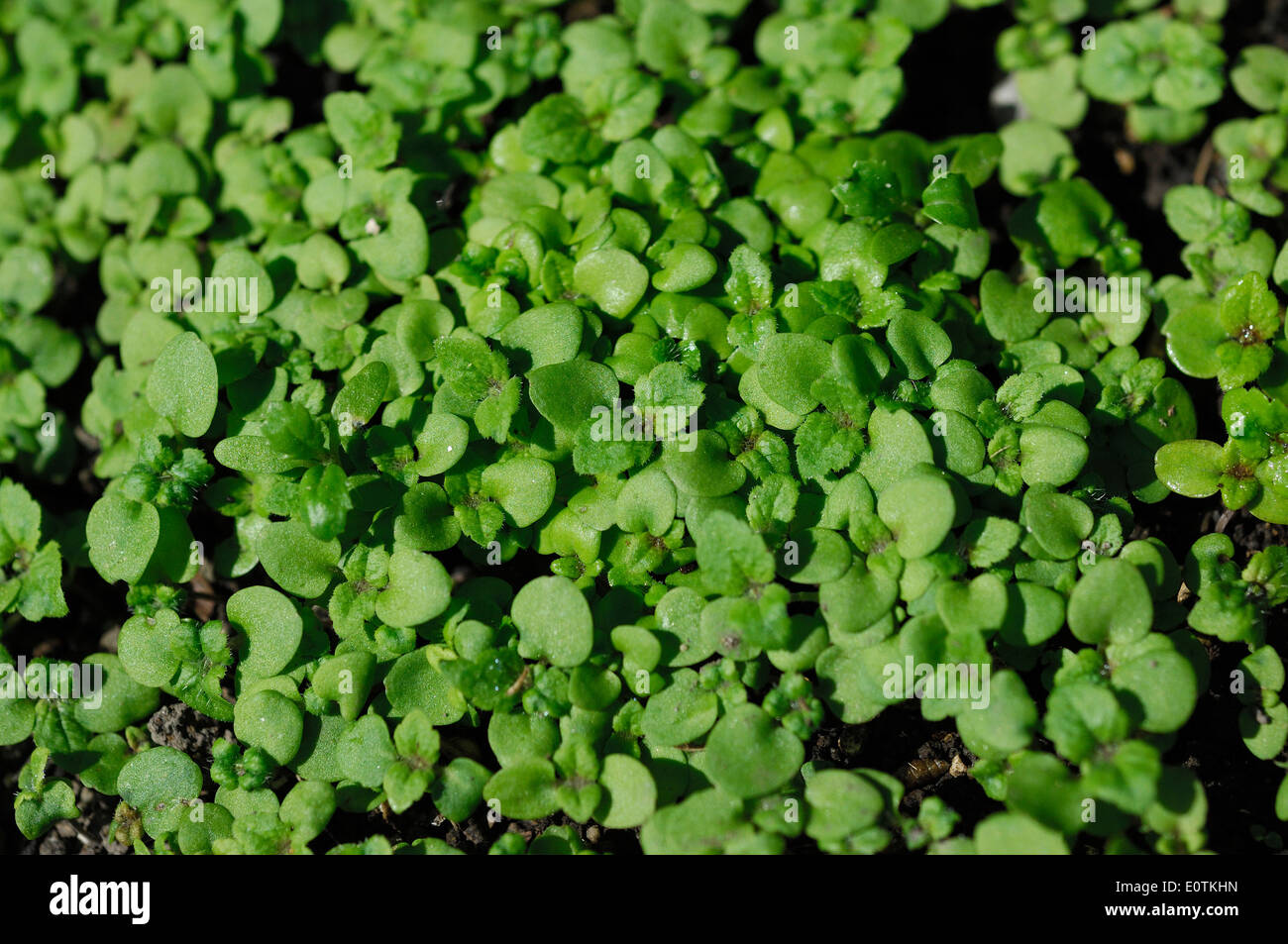

They can produce their food through photosynthesis in the presence of sunlight like other plants. The flowers head towards the sun, and the cup-shaped petals absorb solar energy. Also, the plant is around 14-30 cm with a shallow root system. The poppy grown in the arctic has hairy stems and leaves that can withstand air. Trees require a certain day length with a minimum temperature of 30°-50☏. It makes shallow roots smaller and averts larger plants, such as trees, from growing in the Arctic. The Arctic is supported by a partially decomposed layer of soil and organic matter that freezes year-round. The sun always seems to rise or set during the short growing season and disappear completely during arctic winters for extended periods.


Low temperatures and limited warmth due to the low position of the sun in summer and darkness in winter keep the Arctic frozen for much of the year. Most of the time, the Arctic is cold and dry in climate. It includes the northernmost parts of the mainland of Eurasia and North America and numerous islands in high latitudes, the largest of which is Greenland. The Arctic region combines cold, treeless plains, hills, and mountains. This perennial plant is stress tolerant and grows and reproduces in various environmental conditions. Also, it attracts insects to the center of the flower. These flowers constantly rotate towards the sun, tracking their movement through the air. It blooms in June-July and is highly available in the fallen fields of Greenland. Papaver radicatum, Papaver nudicaule, Papaver lapponicum, Papaver dahlianumĪrctic poppy grows in Greenland and is 10 to 30 cm long, with leaves and pubescent stems. Host plant, medicinal herb, deer resistant, attract butterflies, foods of arctic bumblebee. They have flowers that are solar tropic and are covered with black hair with surprisingly delicate white or yellow petals.Īrctic poppy also familiar as rooted poppy and yellow poppy.Let’s dive deep into the article to learn more about this plant in the family of Papaveraceae. They are known as a common species in Europe, North America, and Asia. The Arctic poppy (Papaver radicatum) adapted to the high Arctic areas.


 0 kommentar(er)
0 kommentar(er)
